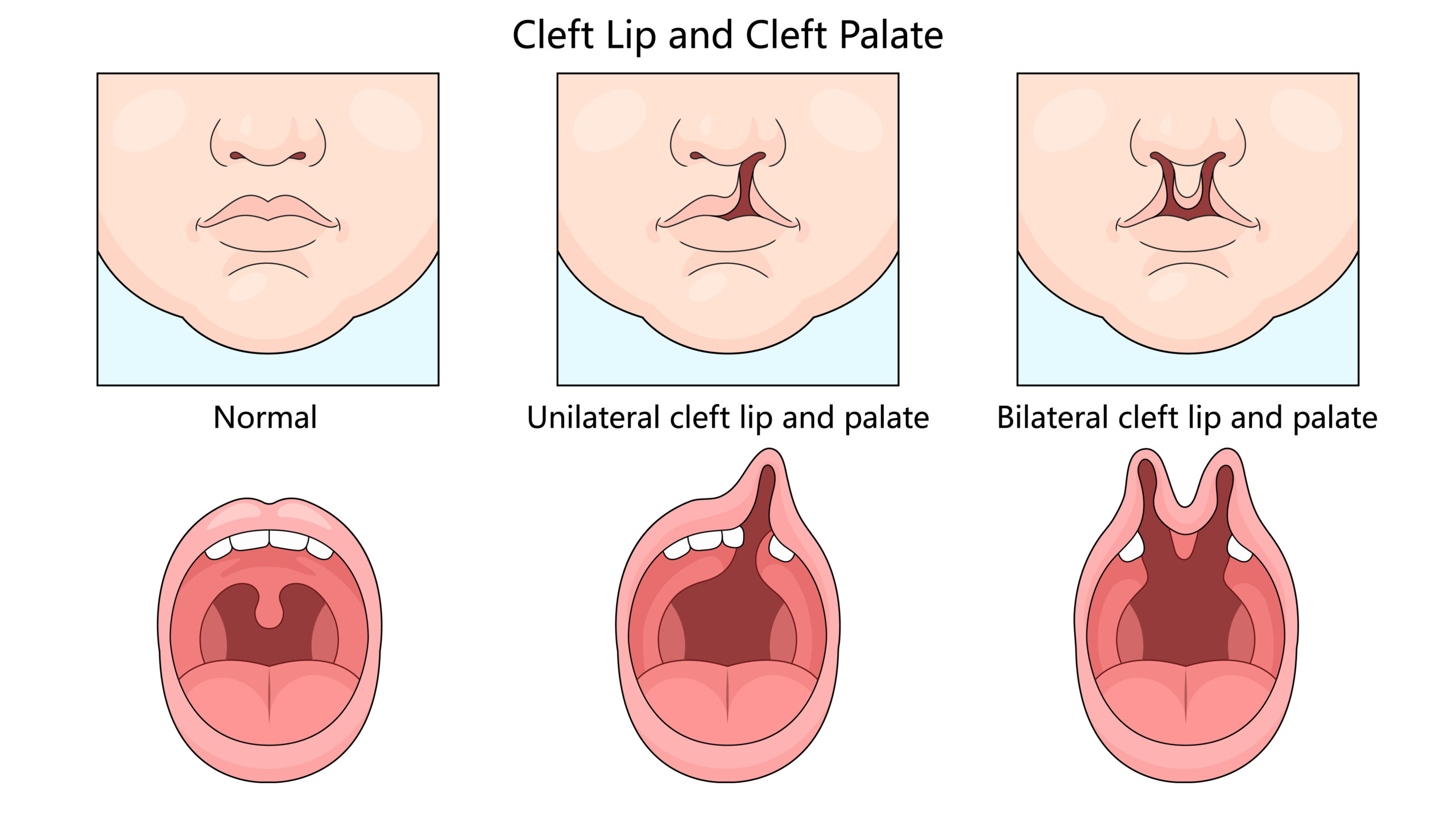Cleft lip and palate are conditions where there’s an opening or split in the upper lip and the roof of the mouth. These conditions can affect a child’s ability to eat, speak, and even breathe easily. Early detection and repair of these conditions are vital. Cleft lip and palate surgery can greatly improve a child’s appearance, help them function well, and support normal growth.
The Cleft Lip and Palate Repair Journey
The journey begins with the initial diagnosis, which is often detected at birth or during a prenatal ultrasound. After detecting a cleft, parents work with a healthcare team to plan the repair. This includes understanding the cleft palate surgery stages, which involve a timeline for when each surgery should ideally happen.
Before the surgery, families meet with doctors for assessments. This helps decide the best time for surgery and involves support for parents on how to care for their child post-surgery. Part of this preparation might also include joining support groups or meeting other families who have experienced the same journey.
The cleft lip and palate repair procedure itself is done in multiple stages. Different techniques in cleft lip repair and for the palate are used based on individual needs. Lip repair usually occurs when the baby is 3 to 6 months old. Palate repair is often done within the first year to help with speech development.
Innovations in surgical methods and technology have improved outcomes significantly. Surgeons now use advanced tools that allow them to perform precise repairs, leading to less noticeable scars, better functionality, and overall improved quality of life for the child.
Post-Surgery Recovery and Long-Term Outcomes
After surgery, cleft palate repair post-operative care is crucial to ensure a smooth recovery. It involves keeping the surgical area clean, managing pain with prescribed medication, and preventing infection. Children might need soft foods and should avoid anything hard or sharp that could irritate the healing area.
The recovery timeline varies, but most children heal well within a few weeks. Scars from the surgery gradually fade, and over time, become less noticeable. Parents should have regular follow-ups with doctors to ensure everything is healing properly.
Sometimes, children may need further help like speech therapy to improve their speaking abilities. Orthodontic work might also be necessary as they grow. These additional interventions are part of the broader journey towards achieving the best long-term outcomes.
The long term outcomes of cleft surgery are positive when supported by a multidisciplinary team. This includes not just surgeons, but also speech therapists, pediatricians, and dentists who help track and guide a child’s development.
The Broader Picture: Myths, Misconceptions, and Support
There are several myths about cleft lip and palate surgery. Some believe it’s purely cosmetic, but it also aids in essential functions like eating and speaking. Different specialists play crucial roles, from surgeons to therapists, ensuring a well-rounded approach to care.
Medical professionals stress the importance of addressing these concerns early. They also offer reassurance on issues parents might worry about. Numerous organizations and community groups offer resources and support for families, making the journey less overwhelming.
In conclusion, successful cleft lip and palate repair procedure involves several stages, from planning and surgery to recovery and ongoing support. With the right care and information, children with clefts can lead normal, happy lives, thanks to these life-changing medical procedures.
